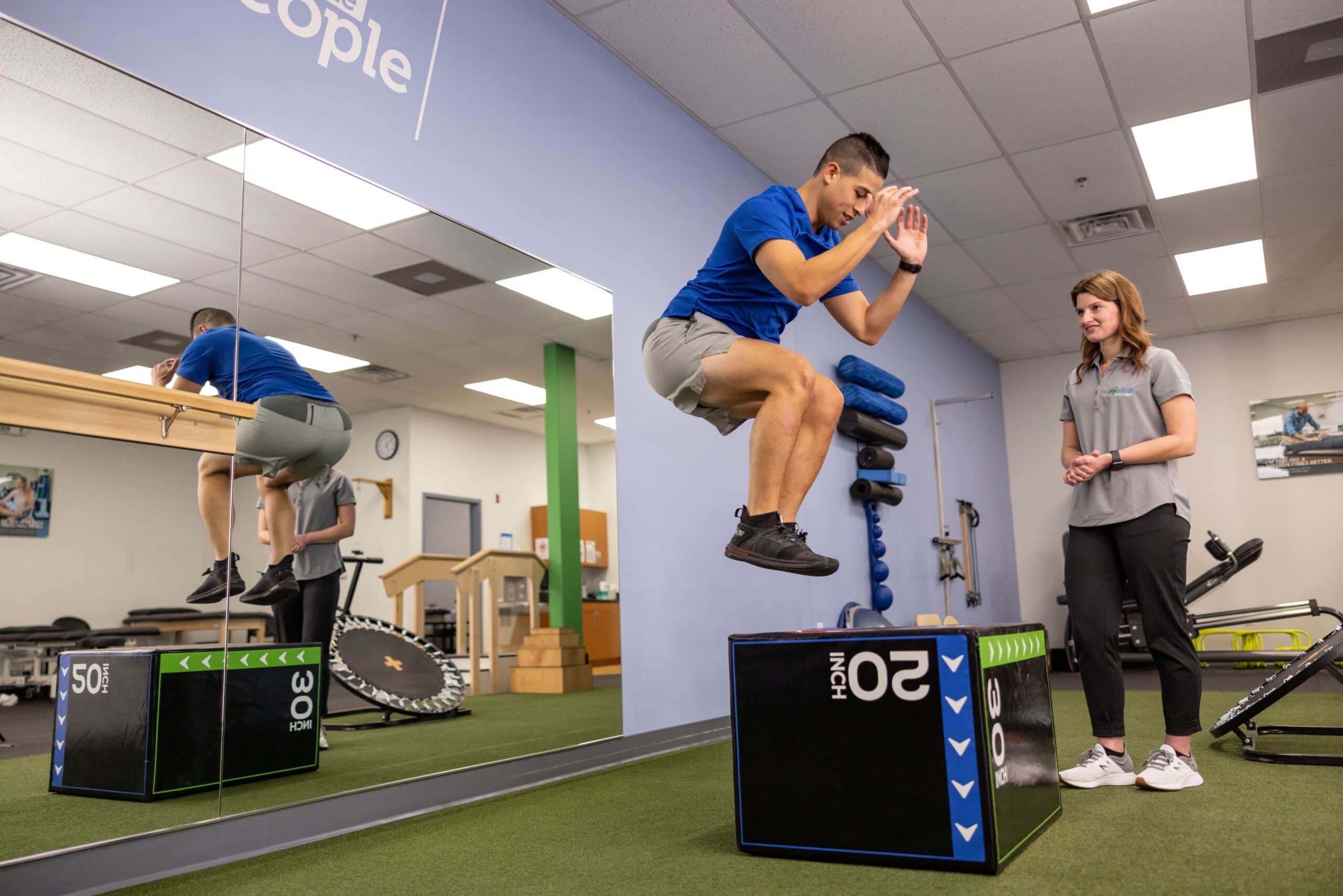Enhancing Rehabilitation Outcomes Via Efficient Functional Movement Assessment Protocols
Enhancing Rehabilitation Outcomes Via Efficient Functional Movement Assessment Protocols
Blog Article
Functional Movement Assessment (FMS) is a beneficial instrument used to evaluate an person's movement mechanics. This screening aids identify any weaknesses or imbalances in the musculoskeletal system, which can lead to injuries if not corrected. In recovery settings, FMS can serve a critical role in enhancing recovery outcomes. By comprehending how each individual navigates, healthcare professionals can develop targeted rehabilitation plans that concentrate on improving power, mobility, and general performance.
One of the key advantages of using FMS in rehabilitation is its capability to identify particular aspects that need improvement. For example, if a patient has difficulty with squatting or lunge movements, it may indicate a deficiency of flexibility in their hips or ankle joints. This information allows therapists to create customized exercise programs that highlight correcting these shortcomings. As a result, patients are more likely to recover their strength and functionality, which is crucial for returning to daily tasks or sports.
Incorporating efficient FMS protocols can also assist prevent future injuries. Many damages happen due to poor mobility patterns or overuse of specific muscular groups. By screening individuals before they start a rehabilitation plan, Web Site therapists can identify hazards and implement strategies to reduce them. Informing patients about appropriate movement mechanics and enhancing weak areas can lead to sustained benefits, ensuring that they stay active and fit.
Moreover, the use of FMS can improve dialogue between healthcare professionals and patients. When clients witness their movement patterns evaluated and explained, they gain a clearer comprehension of their recovery journey. This clarity builds trust and motivates patients to take an active role in their rehabilitation. By involving patients in their rehabilitation journey, they are more prosthetic training therapy likely to adhere to prescribed activities and behavioral changes that support better results.
In conclusion, enhancing rehabilitation results through effective operational mobility assessment protocols is crucial for both clients and healthcare providers. By accurately evaluating mobility patterns, therapists can create tailored rehabilitation programs that meet individual needs. This not only aids in recovery but also assists prevent future injuries. As patients become more involved in their rehabilitation journey, they are likely to attain their objectives and maintain a healthy, active way of living.